
A well-designed office interior by commercial interior design services is not only eye-catching but also leads to new innovations and ideas that contribute to the growth of the company. A poorly designed office isn’t just the reason behind headaches and increasing employee turnover, but also affects productivity, morale, and even brand perception.
Many businesses unknowingly make design mistakes that lead to low productivity and cost them more in the long run, and then they have to incur extra expenses in renovation and interior design. Whether you're setting up a new workspace or renovating an old one, in this blog, you will learn what to avoid and how to do it right.
Section 1: Mistake #1 – Ignoring Natural Light
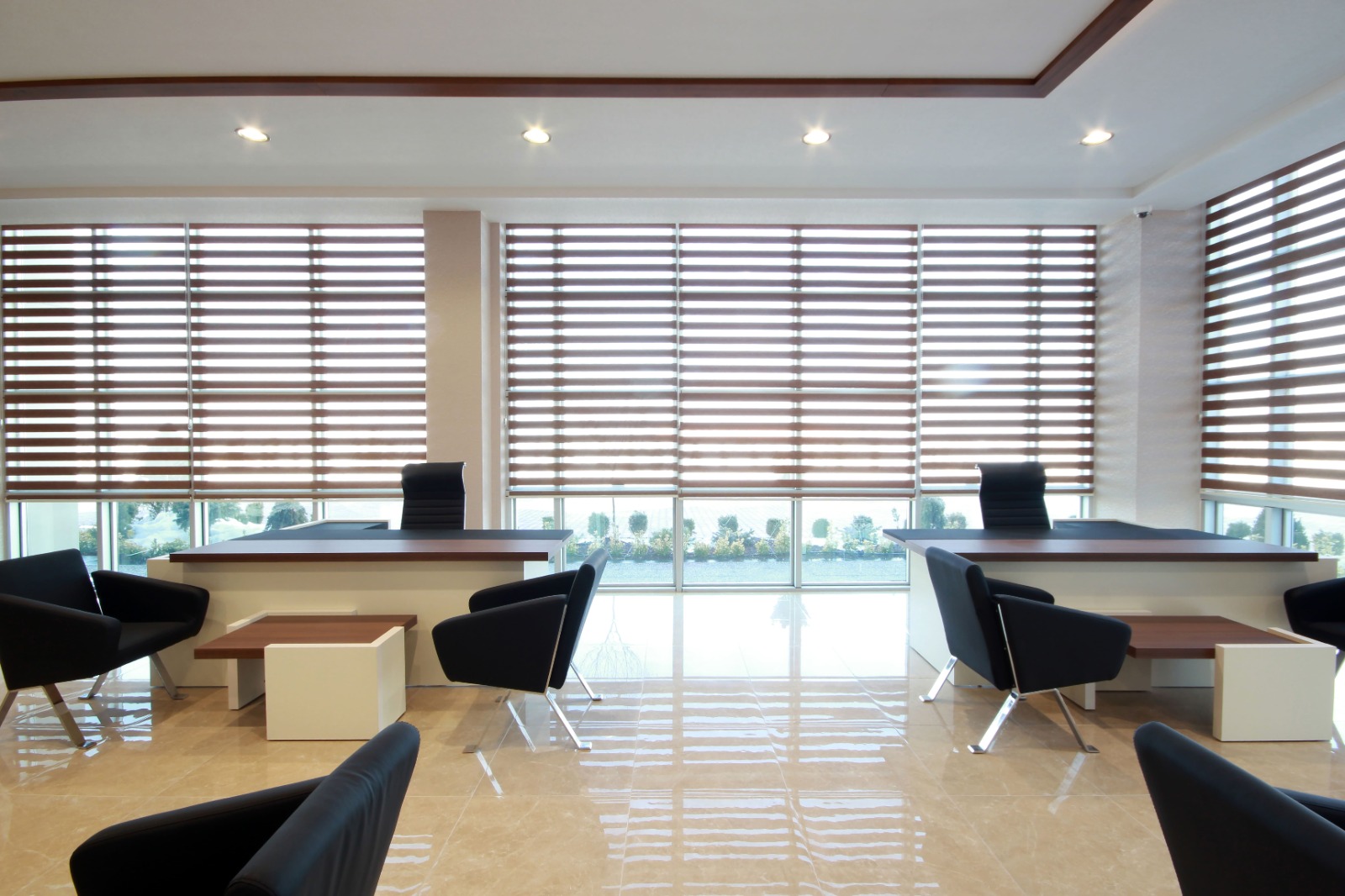
Problem: Many companies are making the mistake of overusing artificial lighting that does not allow natural light to enter due to blocked windows. Artificial light can look better in the office, but it can harm the health of the employees.
Impact: Artificial light used in office spaces may look good and give an aesthetic look, but it also leads to decreased employee well-being, eye strain, headaches, increased employee turnover, and higher energy bills. Natural light is important for the physical and mental well-being of employees and leads to better sleep, higher job satisfaction, and more productivity during the day.
How To Fix: A interior and architectural company can fix this problem by rearranging workstations closer to windows and using glass partitions instead of opaque ones that allow space for natural light to enter. They can install light-diffusing blinds, as it will help in managing glare on screens while still letting daylight in. Choosing light-reflecting surfaces like light-colored walls, furniture, and ceilings helps to bounce natural light throughout the office space more effectively.
Pro Tip: An interior designer can help balance lighting with layout for both aesthetics and function. Many commercial interior design services use software to simulate light paths and optimize natural light usage in their layout designs.
Section 2: Mistake #2 – Poor Space Planning
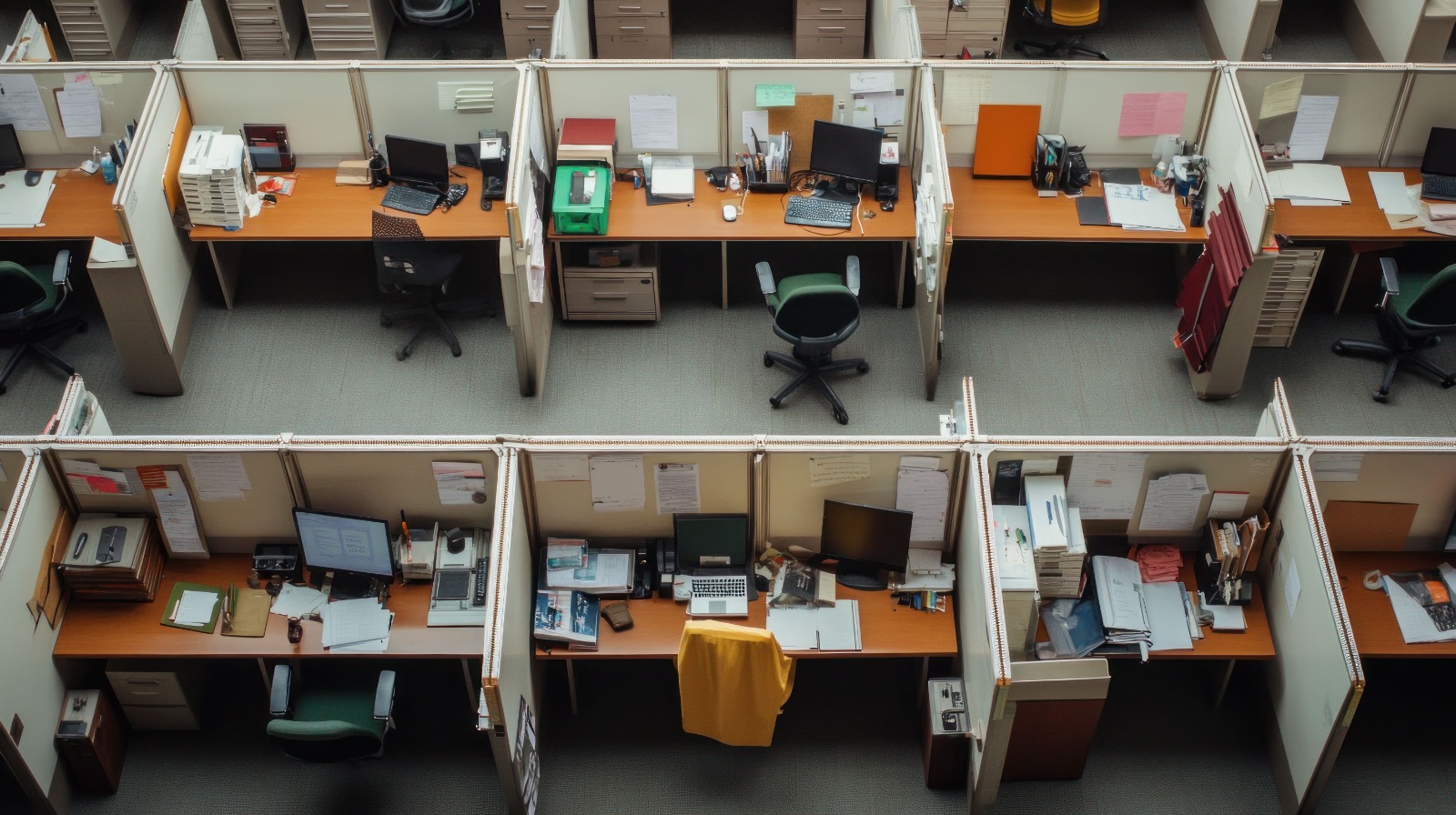
Problem: Overcrowded desks or wasted square footage is a sign of poor space planning. Other signs of poor space planning include awkward circulation paths, blocked emergency exits, and cluttered shared areas.
Impact: workflow inefficiencies, poor movement, and team disconnections. Bad office space planning can lead to poor work operations and employee frustration during working hours. It can lead to disputes between employees and reduce the overall efficiency of an employee.
How To Fix: Dedicated collaborative areas, quiet zones, and private workspaces will avoid overlapping and confusion in the office. Modular furniture must be installed to adapt to growth in the long term, as it will save the extra cost to be incurred in of renovating the office to provide space for the work of the employees. Must conduct a space utilization audit that will help in tracking the unused space.
Pro Tip: Commercial and interior designers can also use software to visualize spatial flow before execution. This will help you to analyze how people move in the office and how one can make the office space more effective.
Section 3: Mistake #3—Choosing Style Over Function
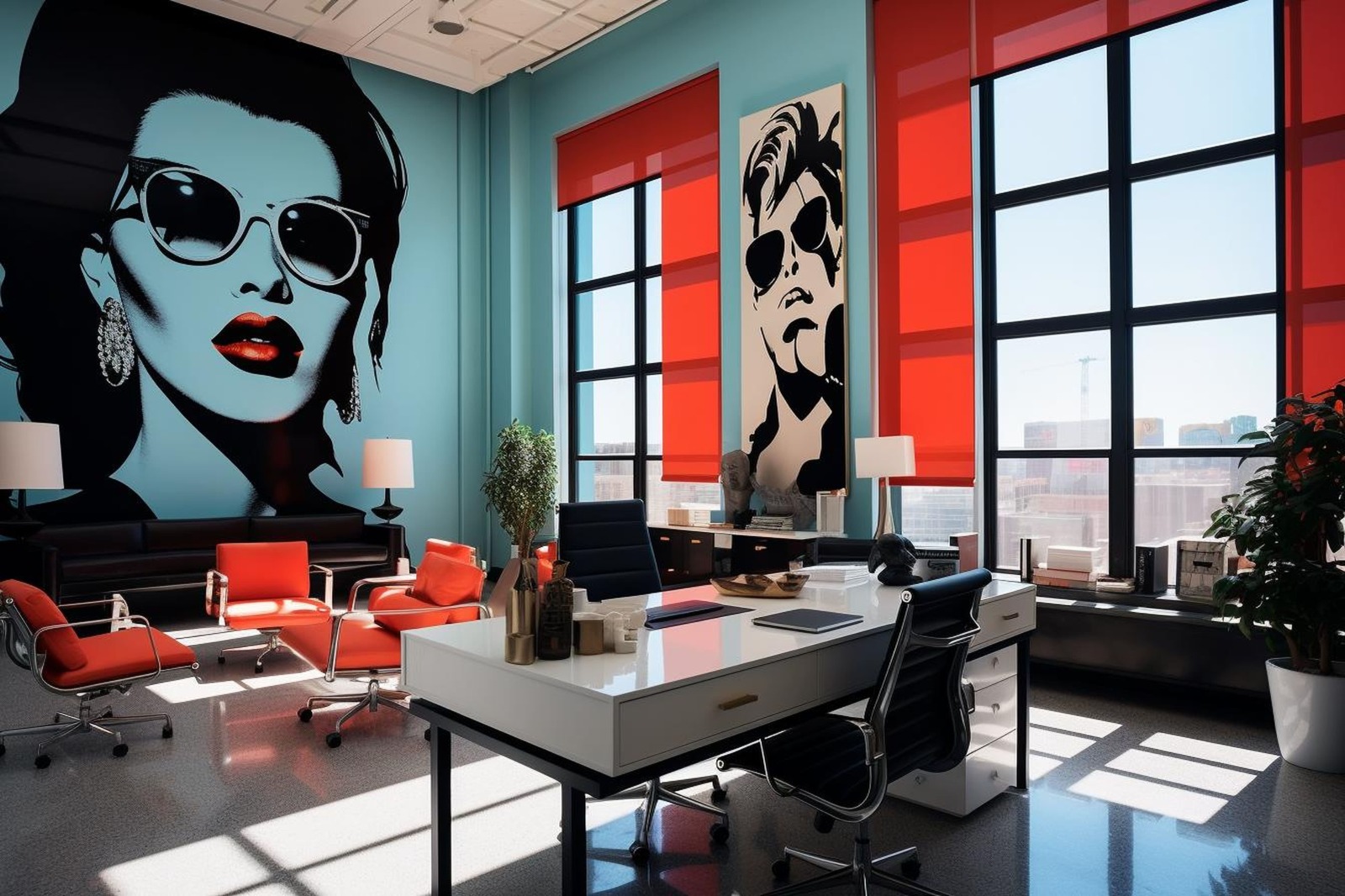
Problem: Choosing trendy designs that sacrifice comfort and usability.
Impact: It is the most expensive and frustrating mistake that leads to dissatisfaction among employees, creates ergonomic issues, and frequent redesigns. This increases the expenses of the company and hinders the workflow.
How To Fix: Prioritizing ergonomic chairs and desks in the office and retail space design solutions can make the office furniture adjustable according to the number of employees and working hours. Choosing finishes that are easy to maintain can save time on keeping the office neat and clean.
Pro Tip: A good interior designer blends trends with timeless functionality that can work in the long term and can save money and effort to make employees satisfied.
Section 4: Mistake #4 – Neglecting Brand Identity
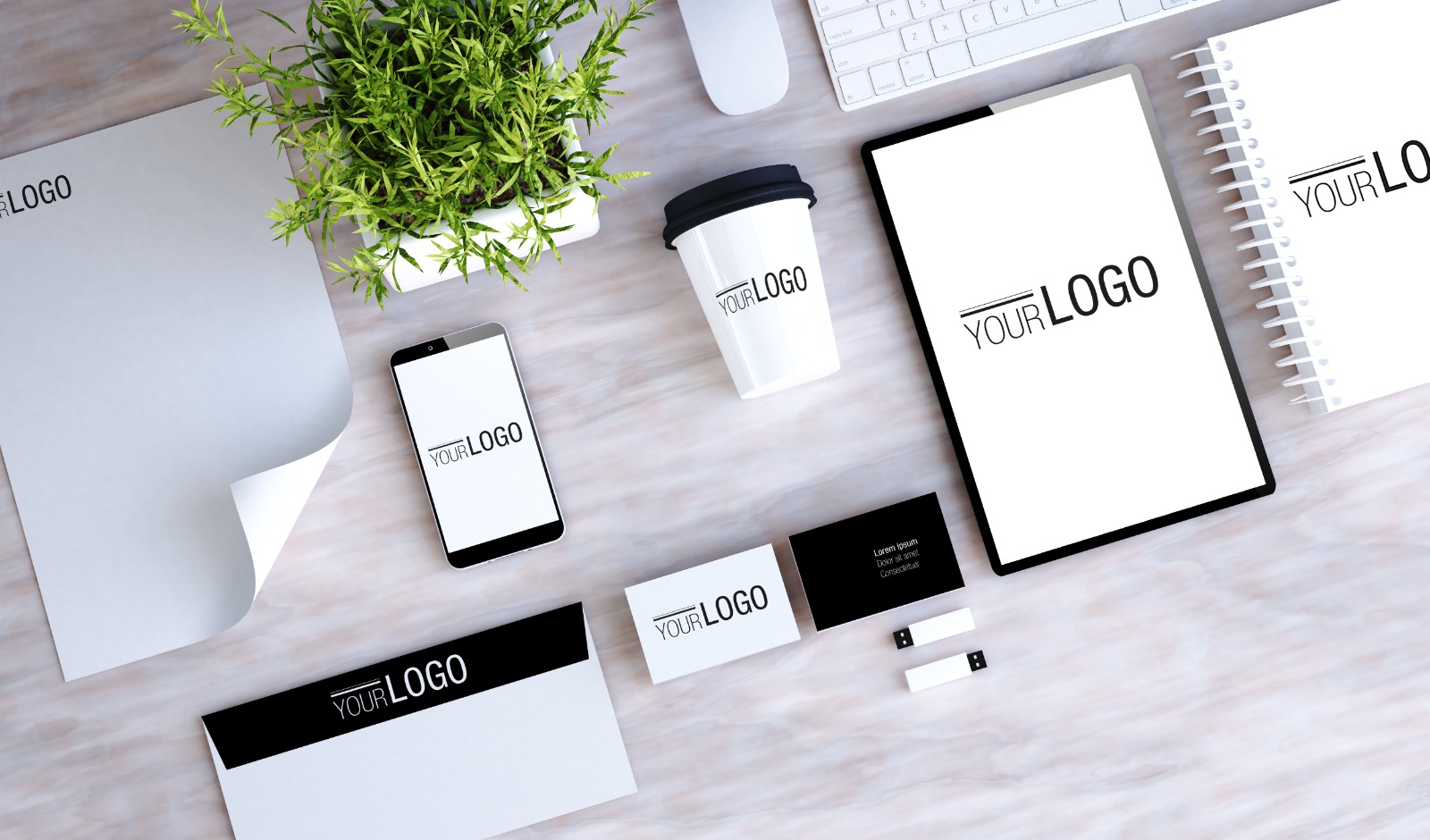
Problem: Generic office interiors that don’t reflect the company culture or brand and lack a sense of belonging to the company
Impact: Neglecting brand identity in the office design means missing the opportunity for brand reinforcement and employee alignment. Missing brand identity in the office design leads to low productivity among employees. Employees find it hard to feel a sense of belonging to the company and are unable to maintain loyalty to the company.
How to Fix: Incorporate brand colors, mission statements, and logos creatively that give a sense of belonging among employees and motivate them to work hard for the company. Use décor to reflect company values, like eco-friendly materials for sustainable brands that will attract customers and clients. This will also create a positive impact on the customers and will increase the sales of the company while maintaining a positive environment in the company.
Pro Tip: An interior and architecture company helps translate your brand into a physical space that speaks volumes. This approach is effective for office and retail space design solutions, where customers interact with the office environments, and that raises the need to leave a long-lasting impression of a brand that will give brand loyalty.
Section 5: Mistake #5 – Underestimating Acoustics
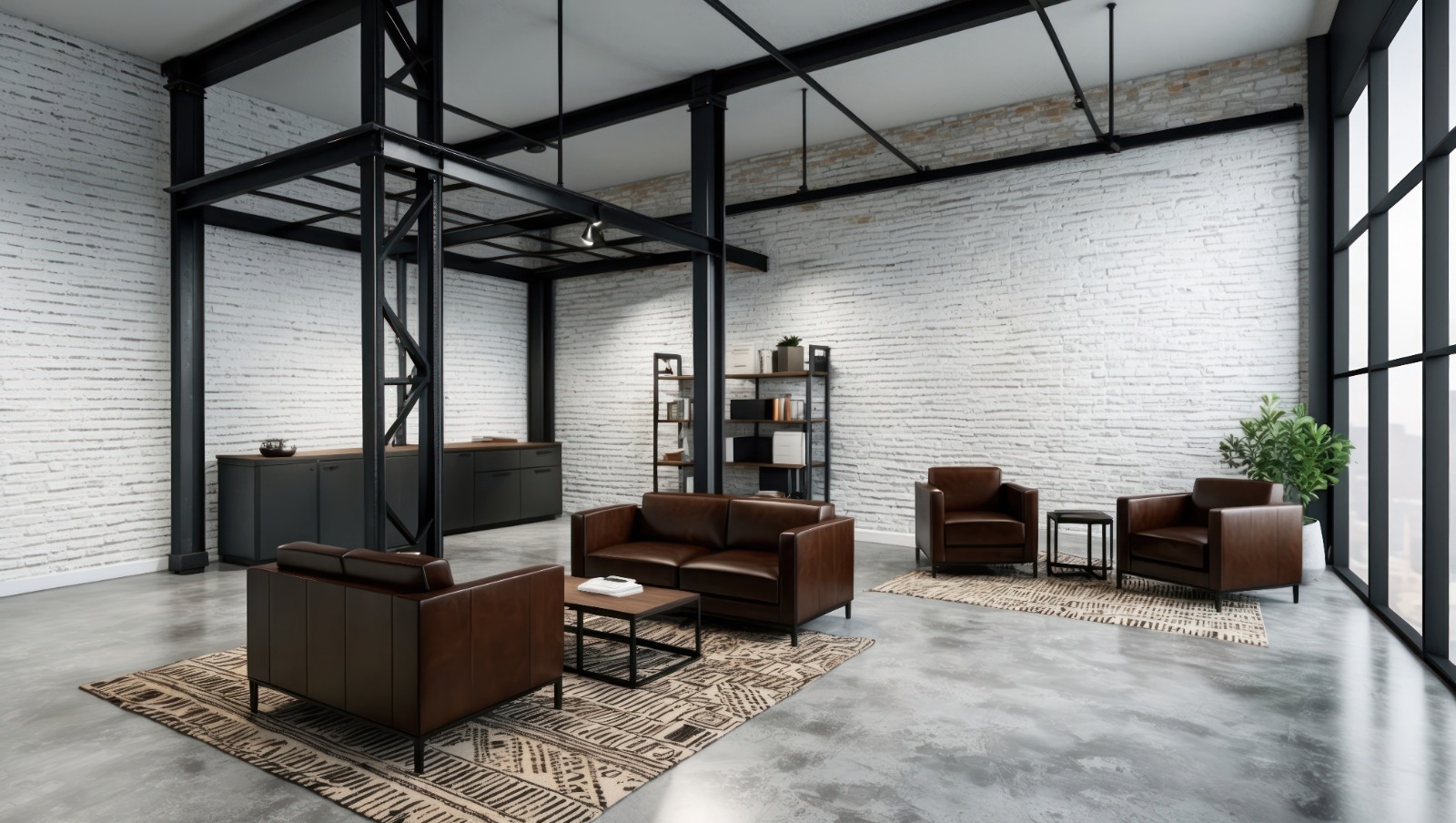
Problem: Noise disruptions in open-plan offices or echo chambers in conference rooms.
Impact: Underestimating acoustics leads to a low concentration of employees during work. There is a chance of leakage of confidential information of a company, which can make the meeting quality very poor.
How To Fix: Incorporating acoustic panels, rugs, and ceiling baffles by commercial interior design services in office design can eliminate noise by absorbing the sound. Soundproof partitions or phone booths are important to maintain privacy while meeting and during calls. Strategic furniture placement in the office can also absorb sound and maintain peace in the office.
Pro Tip: Designers integrate acoustic solutions invisibly into décor that will eliminate the noise while maintaining the quality of interior design in the office.
Conclusion
Investing in commercial interior design services that design office interiors will impact the productivity of the employees and their efficiency. Office design with brand image ensures the brand loyalty of employees and customers towards the company, leads to employee happiness and satisfaction, and lowers employee turnover in the company. Avoiding these mistakes by taking help from an interior and architecture company saves time for employees in maintaining focus during work, it will save money for the company in the long term, and it will reduce frustration among employees due to noise in the office.
“Let our expert interior designers bring your vision to life. Book a free consultation today.”

